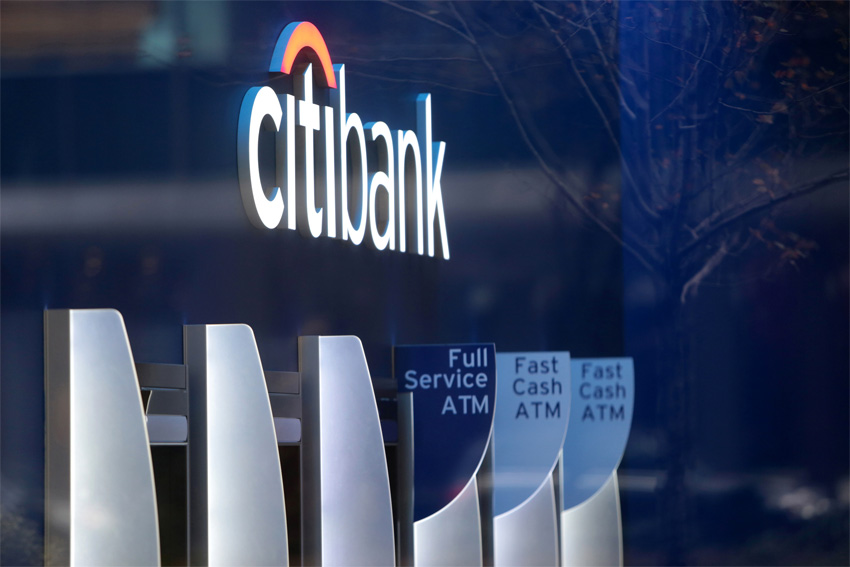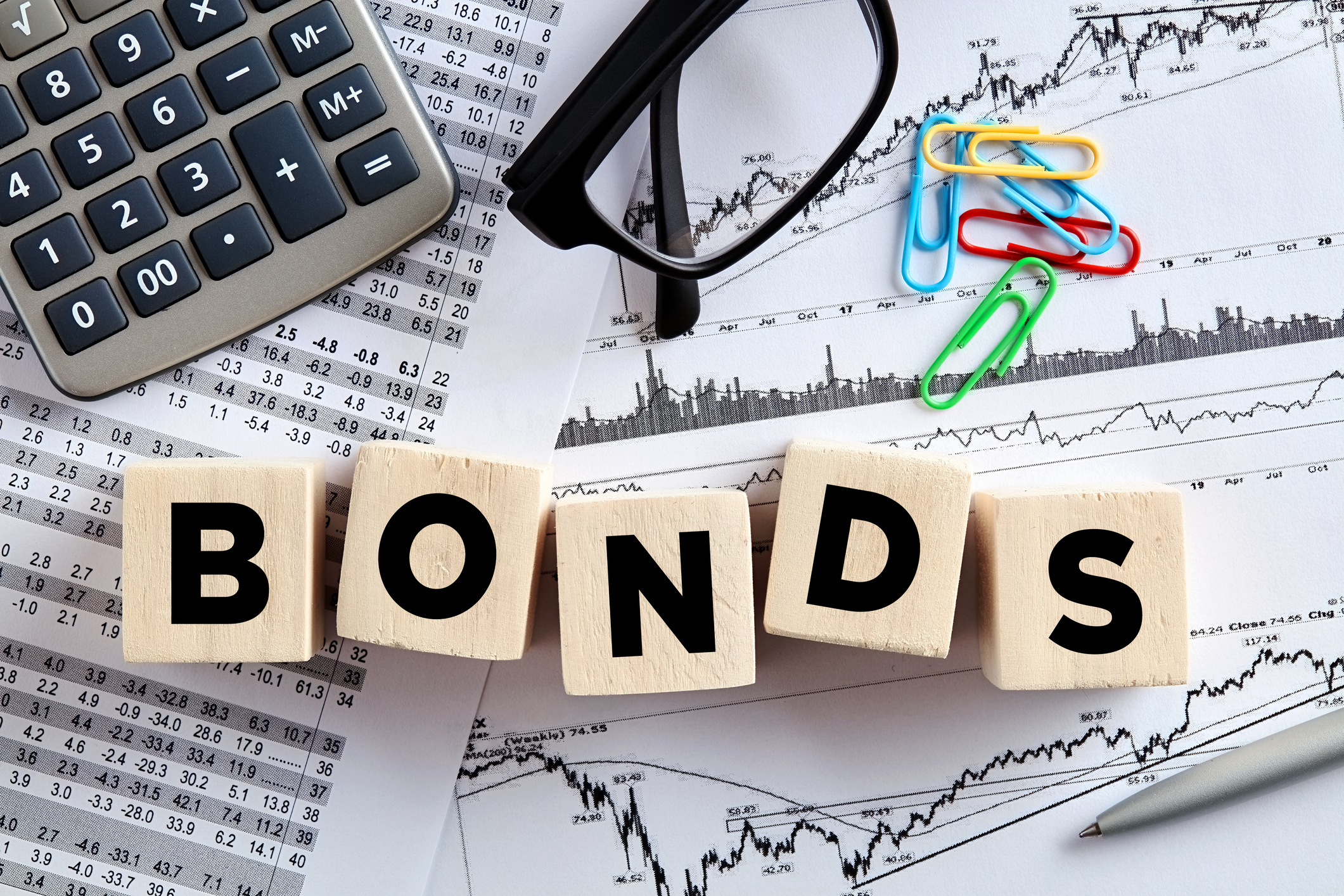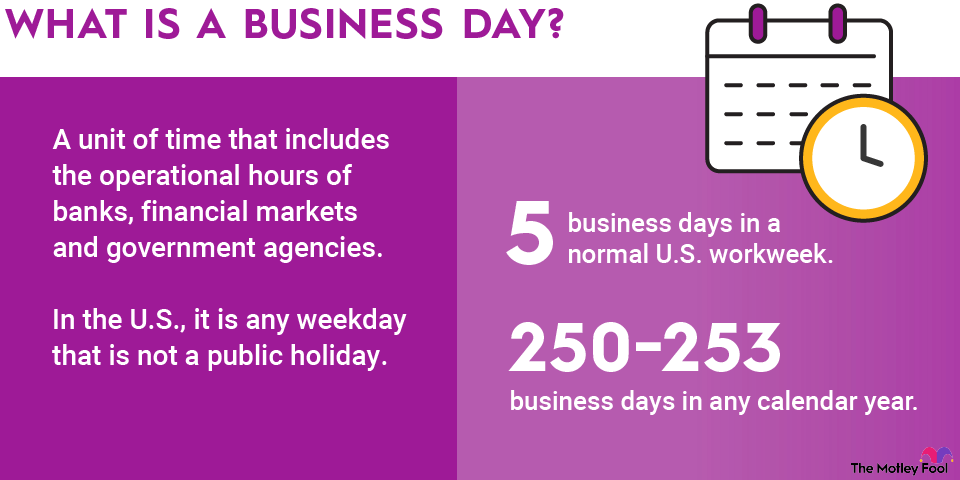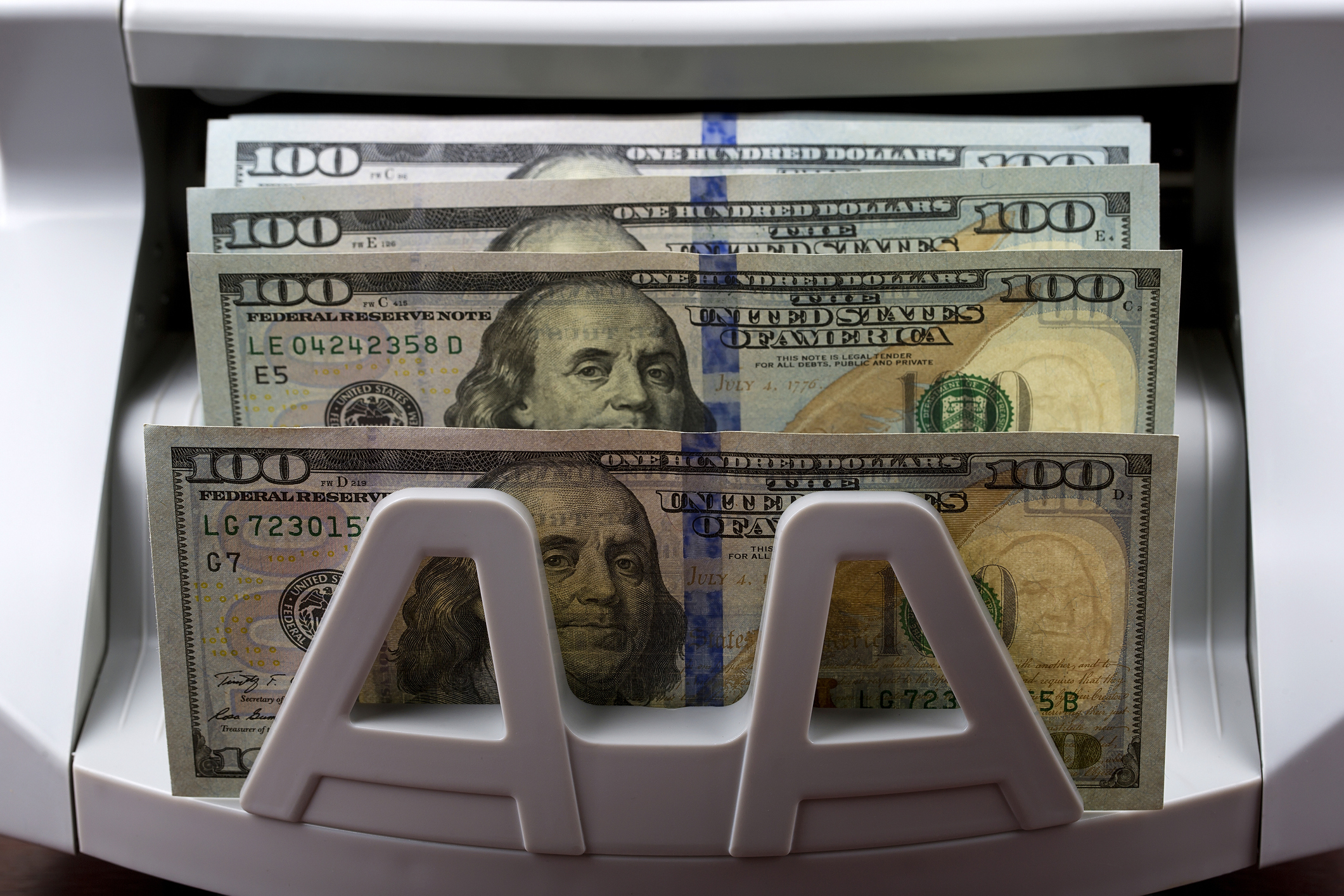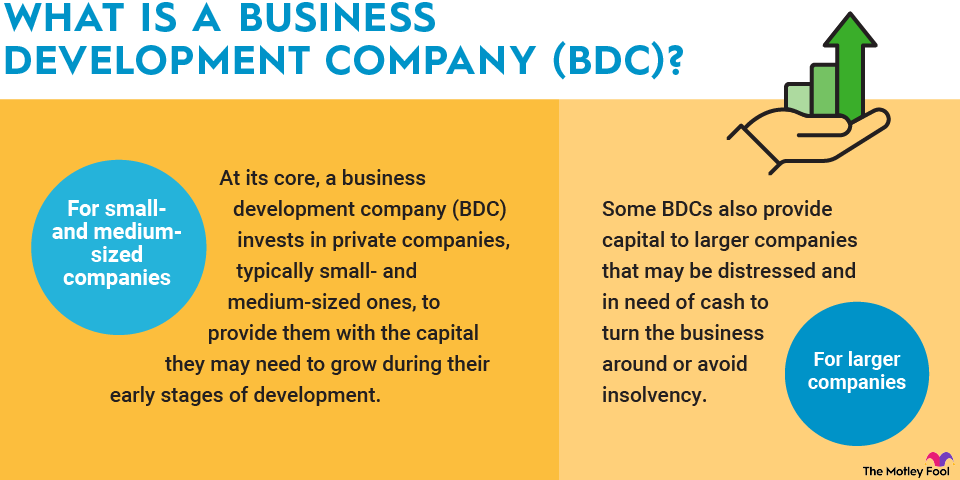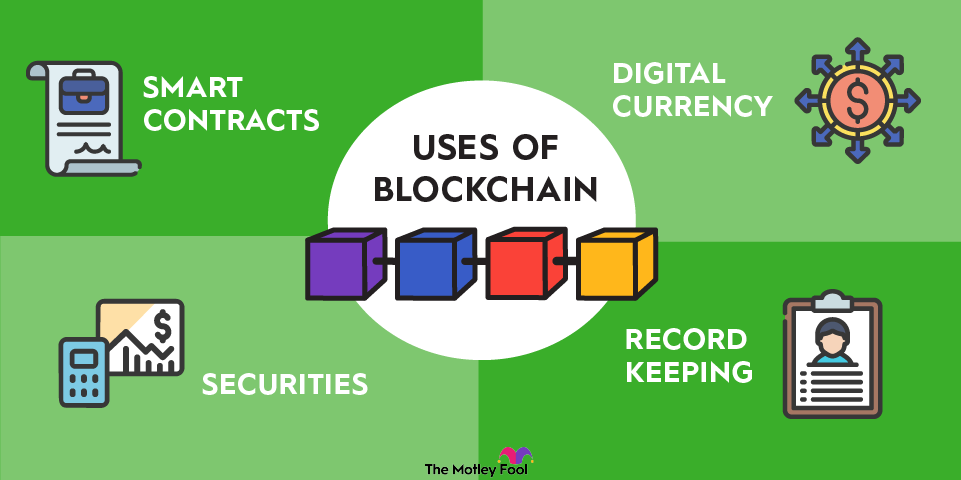A bull call spread or debit call spread is an options trading strategy. It's a bullish strategy that can deliver a high return on the debit paid to set up the trade. The trade caps an investor's loss potential as well as their profits.

Understanding a bull call spread
A bull call spread is a two-legged options strategy:
- Buying a call: The first leg involves purchasing a call option on a stock or index. The long call's strike price is usually right below the underlying stock's current trading price. The options trader will typically purchase a long call set to expire after a specific catalyst (e.g., an earnings report) or the longest-dated one available.
- Selling a call: The second leg consists of selling or shorting a call option on the same underlying stock or index. The short call leg will be at a higher strike price than the long call and typically above the current market price of the underlying stock or index. It will have the same expiration date as the long call.
Options traders pay a net debit to set up a bull call spread. They purchase a call and partially fund it by selling another call short. The debit represents the maximum amount an investor can lose on the trade.
For example, if the trader bought a call for $500 and shorted a call for $250, their net debit would be $250 (which also represents their maximum loss potential on the trade).
Why investors use bull call spreads
Options traders use bull call spreads when they're moderately bullish on an underlying stock or index. The trade enables them to potentially earn a high return on their investment if the underlying price moves slightly higher when their options expire. The trade also limits their loss potential to their net debit.
Bullish
For example, an options trader believes that a slow-growing company's stock price will rise by about 5% annually over the next few years. Its share price was recently around $100 a share. They'd need to invest $10,000 to buy 100 shares. If they're correct, the stock will be worth about $110 per share in two years, growing the initial investment to around $11,000 over that period.
They believe that's too low of a return on their capital to make it a worthwhile investment. Instead, they set up a bull call spread on the same underlying stock. They buy $90 calls and sell $110 calls that expire in two years. They pay $2,000 for every $90 call they purchase and receive $1,000 for every $110 call they sell, putting their net debit at $1,000.
If shares of the company's stock rise to $110 or more by expiration, they can close the trade for the full spread value of $20 per share, or $2,000 in total. That implies they can earn a 100% return on their net debit on only a 10% gain in the underlying stock.
However, if shares close below their break-even ($100 a share in this case), they'd lose money on the trade. If shares close at or below their purchase call's strike price ($90 a share), they will lose their entire net debit.
Bull call spread risks
Bull call spreads limit an options trader's risk to their net debit. However, an options trader can lose their entire investment in the trade if the underlying stock or index falls below the purchased call's strike price at expiration. Options traders should limit the number of spreads they set up to a level they're comfortable losing.
Another risk of bull call spreads is that the trade has capped upside potential. The trade's maximum gain is the difference between the trade's net debit and the spread between options strike prices. So, if you paid a $500 net debit to set up the trade ($5 per share) and the difference between strike prices is $10 per share, you can only make $500 on the trade for each spread you set up. If the underlying stock or index soars in value, the options trader would miss out on the gain above their capped profit.
Related investing topics
A bull call spread example
Options traders can set up bull call spreads on almost any underlying stock or exchange-traded fund (ETF). Let's say, for example, you have a moderately bullish view of coffee giant Starbucks (SBUX +0.14%). While you think its days of delivering caffeinated earnings growth are likely behind it, you still believe it can grow its profits at a modest pace in the future. A bull call spread could potentially enable you to earn a Venti-sized return.
In mid-2024, shares of the coffee seller traded at about $80. You decide to set up a $75/$85 bull call spread that expires near the end of 2026. You pay $18 a share to buy the $75 calls and sell the $85 calls at $14 per share. That gives you a net debt of $4 per share ($400 for each spread you set up). If Starbucks closes above $85 at expiration, you could close the spread for $10 per share ($1,000) and earn a profit of $600 per spread for a more than 100% gain. However, the trade would lose money if shares close at or below $79 per share at expiration. You could lose your entire investment ($400 per spread) if shares close at or below $75 per share.

